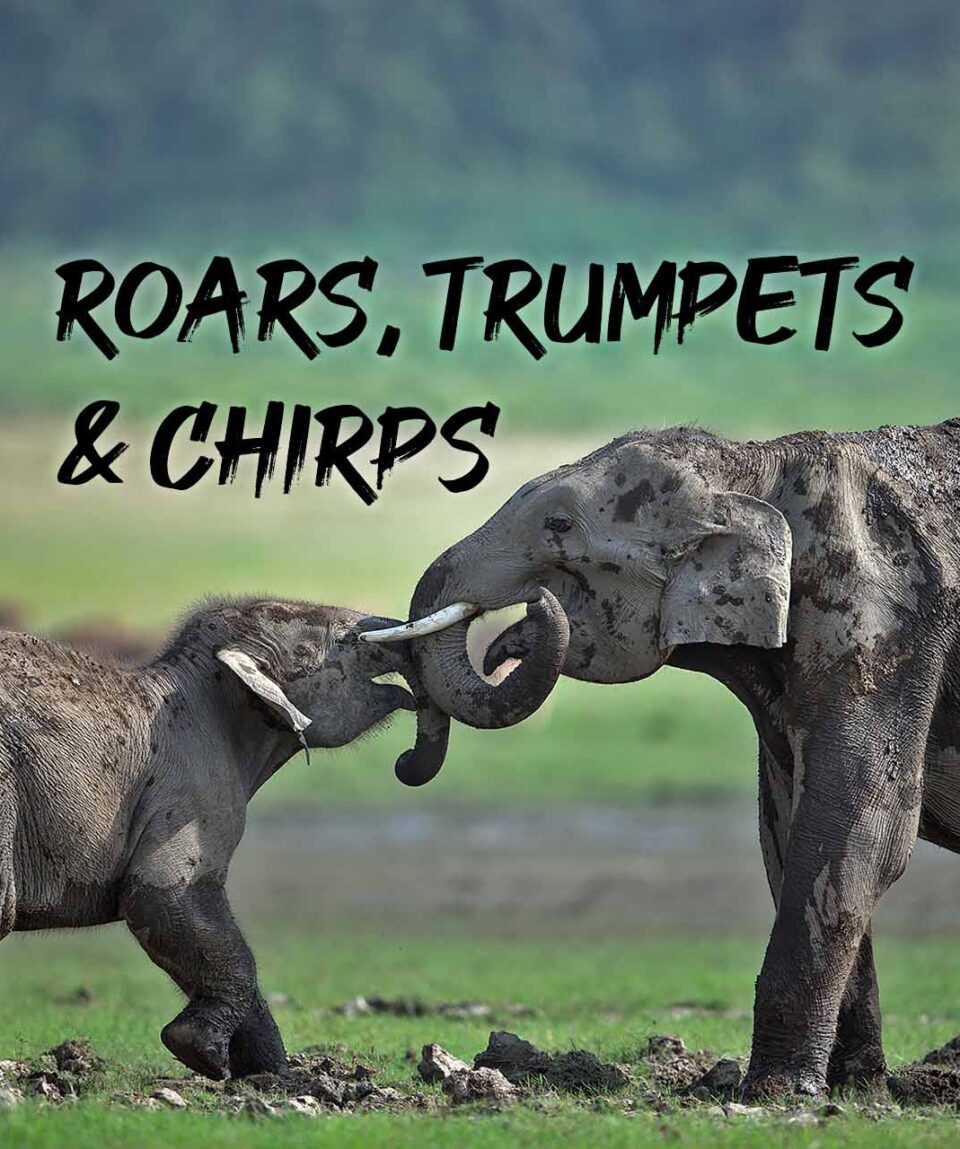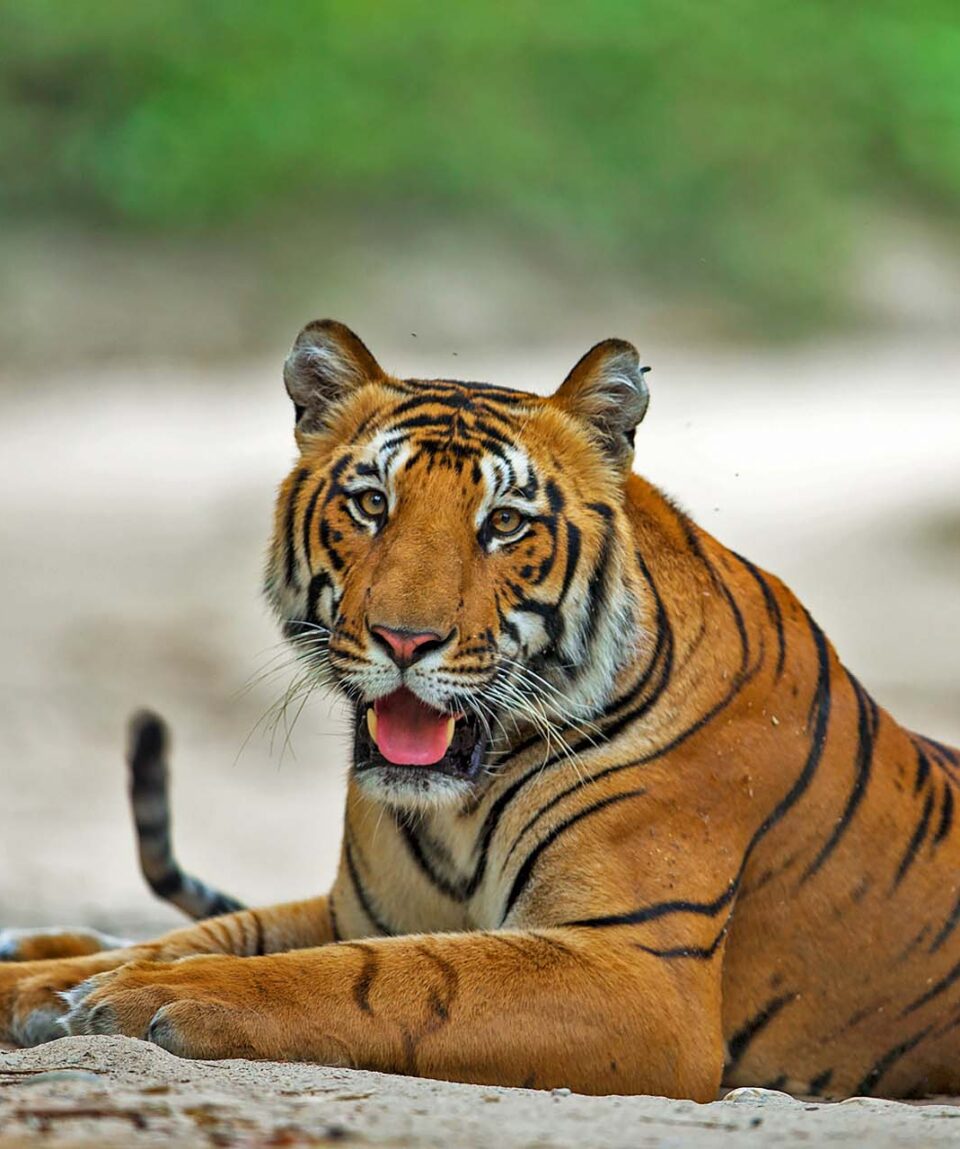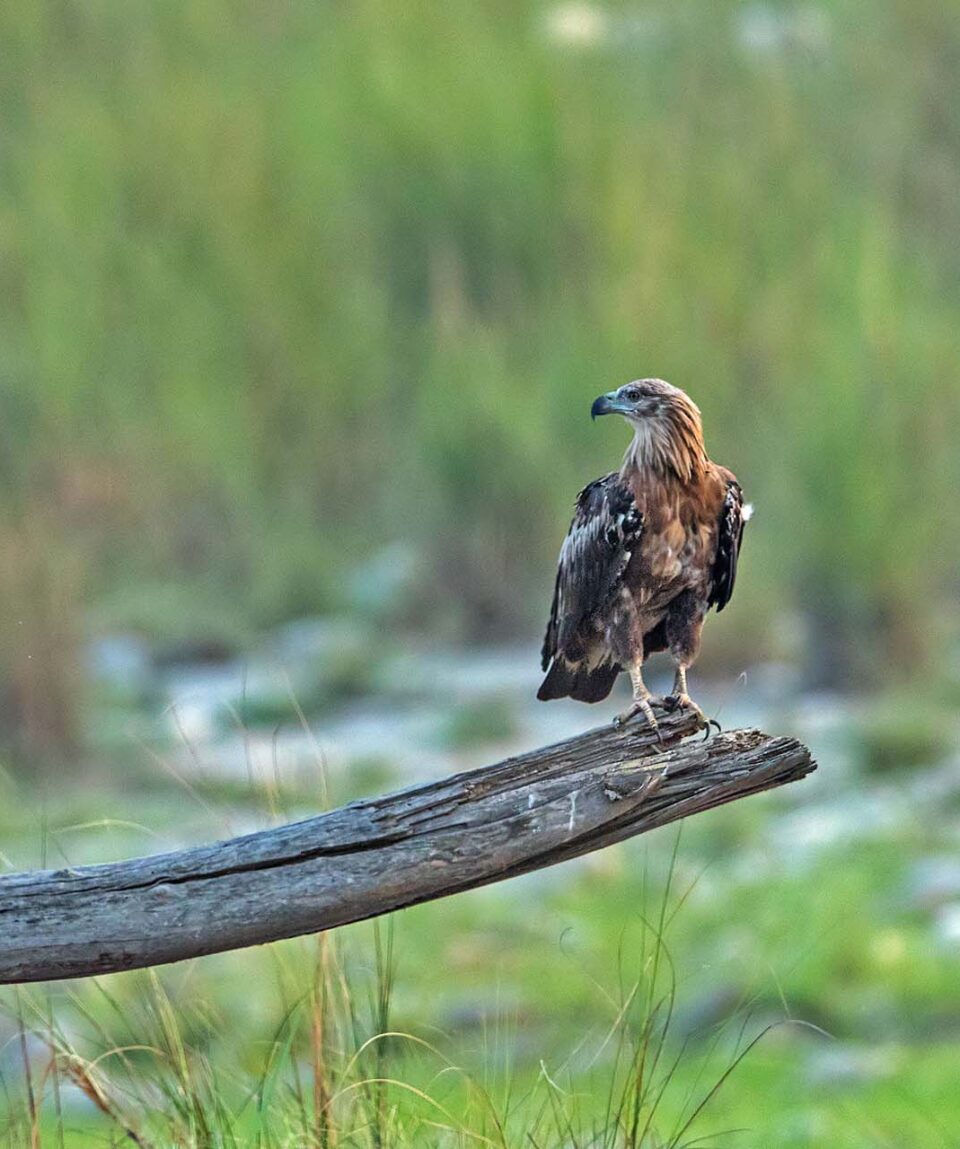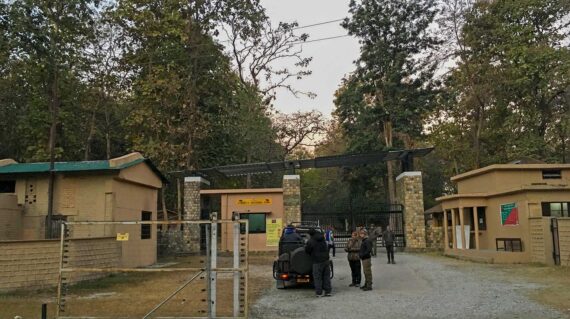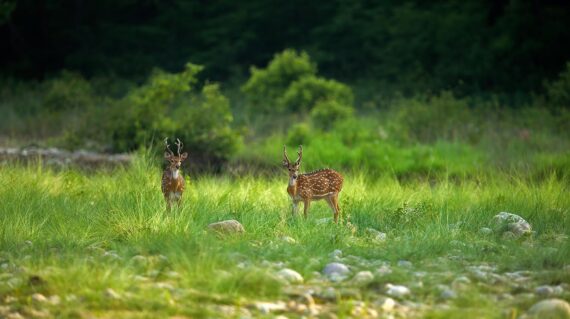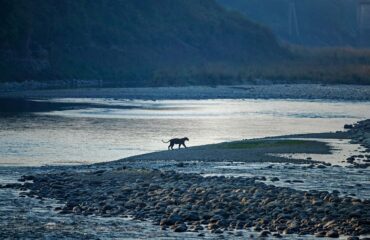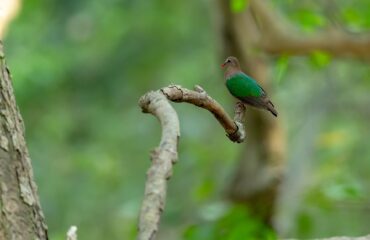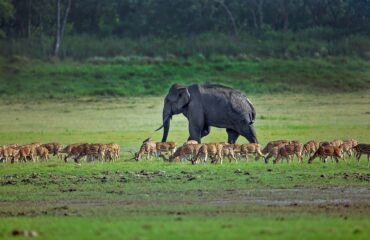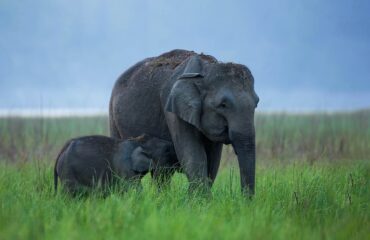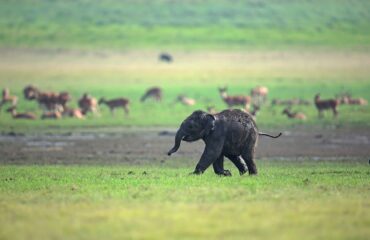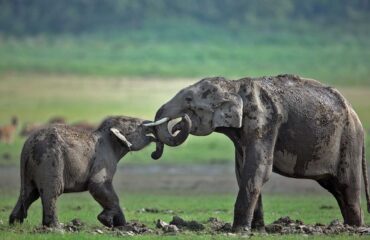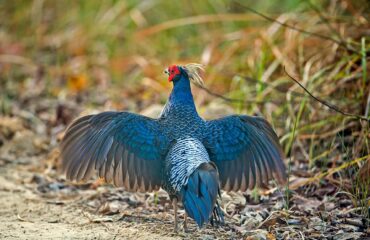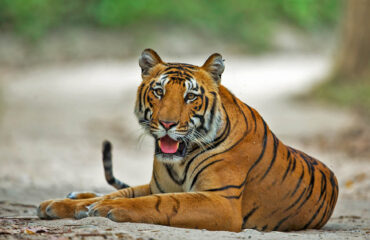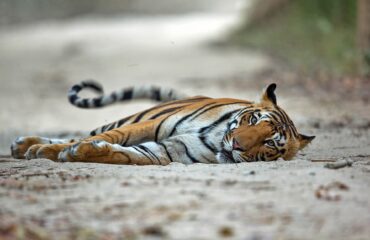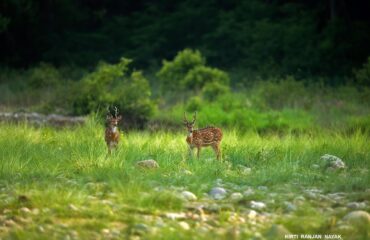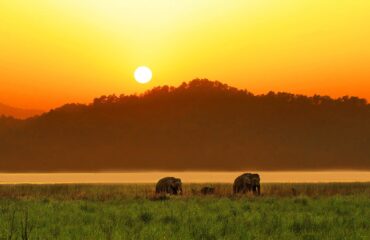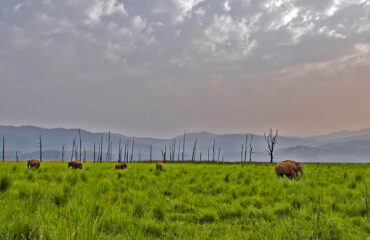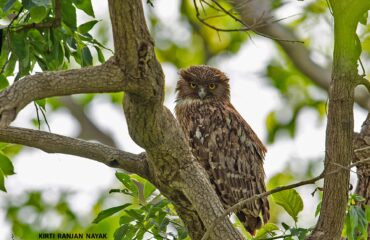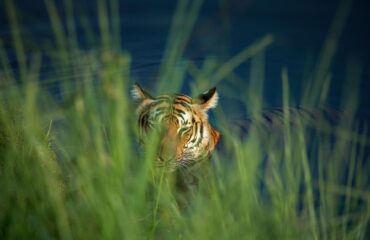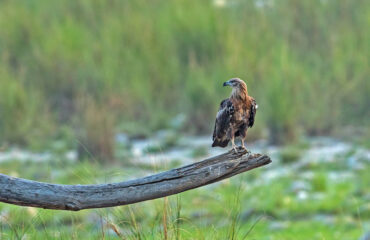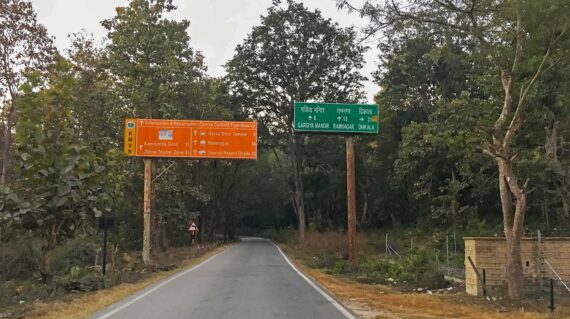
Corbett Summer Safaris
June 8th – June 12th, 2025
Experience the breathtaking beauty of the foothills of Himalayas.
Soak in this summer alongside the mud-bathing elephants. Gear up for the drive to India’s oldest National park, Corbett.
Location: Jim Corbett National Park
- Reviews 0 Reviews0/5
- Vacation Style Holiday Type
- Jungle
- Tiger
- Water
-
- Activity Level Leisurely
- Group Size Medium Group
Corbett Summer Safaris
June 8th – June 12th, 2025.
Established in 1936 as Hailey National Park, Jim Corbett National Park is the oldest park in India. It is also the first area to come under Project Tiger initiative. Situated in Nainital district of Uttarakhand, Corbett National Park is one of the thirteen protected areas covered by World Wildlfe Fund for Nature under their Terai Arc Landscape Program. The reserve is located partly along a valley between Lesser Himalaya in the north and the Shivaliks in the south.
The landscape of the park varies from hills, riverine belts, marshy depressions, grasslands, a large lake and characteristic longitudinal valleys called duns. The reserve is covered by moist deciduous forests dotted by sal, haldu, peepal,mango and rohini trees. The region experiences humid subtropical and highland climate.
The park shelters around 50 species of mammals, 580 bird species and 25 reptile species.One of the popolar locations of the park is Dhikala zone which housesa variety of wildlife. Some of the mammals found here include tigers, leopards, elephants, jungle cat, fishing cat, leopard cat, barking deer, sambar, hog deer, chital, sloth bear, Himalayan black bear, Indian grey mongoose, yellow-throated martens, Himalayan goral, Indian pangolins, langurs, rhesus macaques. Birds found here are crested serpent eagle, blossom-headed parakeet, red junglefowl.
Tour Highlights:
- 3 nights and 4 days in Corbett from:
May 27th – May 30th, 2021 - All road transfers included in the Tour cost.
- Opportunities to encounter the elusive tigers of Corbett.
- Extensive photography guidance and on-field assistance.
- Twin-sharing accommodation in the forest resort unless single occupancy purchased at extra cost.
- All meals (breakfast, lunch and dinner)
- All entry fees, guide fees and safaris
- Transfers from Delhi Airport and back.
- Any airfare
- Any kind of personal expenses or optional tours or extra meals ordered
- Insurance, laundry and phone calls
- Bottled water, soft drinks and alcoholic beverages
- Additional safaris into the park
- Medical Costs
- Tips and gratuities
- All applicable taxes
- Anything that is not included in the inclusions list
Welcome to unforgettable natural moments! For wildlife lovers, Corbett is always on the top wish list for many along with the Forest Rest House. The two come in as a perfect match for a complete feel.
Dhikala Forest Lodge is located near to Dikhala zone, 30 Km from the Dhangadi gate inside the core area of Jim Corbett National Park. The journey from Dhangadi gate to Dhikala itself is full of adventures, you have to travel through dense sal forest and Ramganga River with several seasonal rivers. You encounter many animals while going to Dhikala are herds of spotted deer, Barking deer, Sambhar, Barasinga, Elephants, and even Tigers also.
Dhikala forest rest house is the only forest rest house within the Corbett Tiger Reserve that provides the facility of electricity within the rooms and thus is ideally suited for families. Although the FRH is next to the grasslands, right in the middle of the forest, the campus is covered with solar wire fence to keep the animals out.
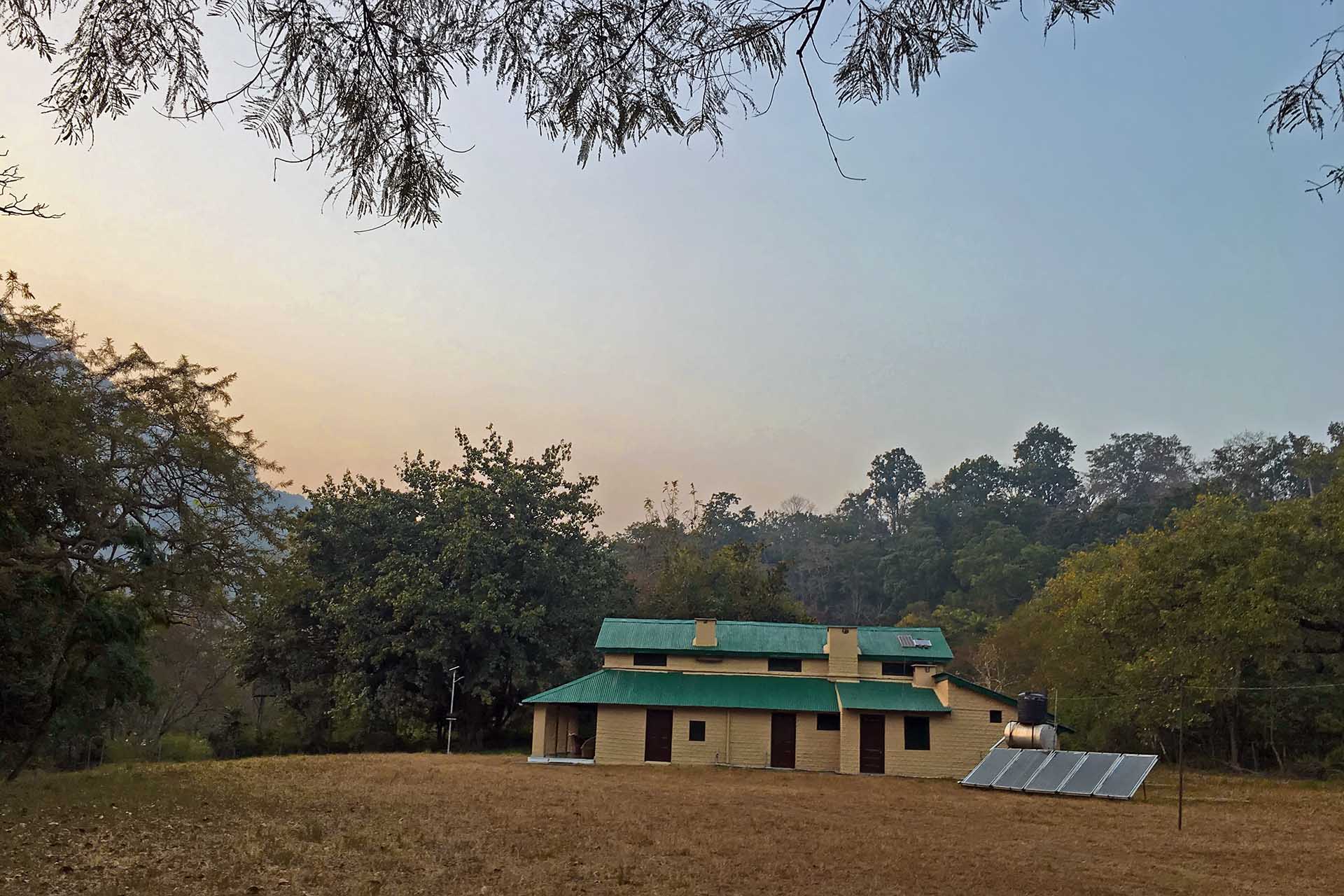
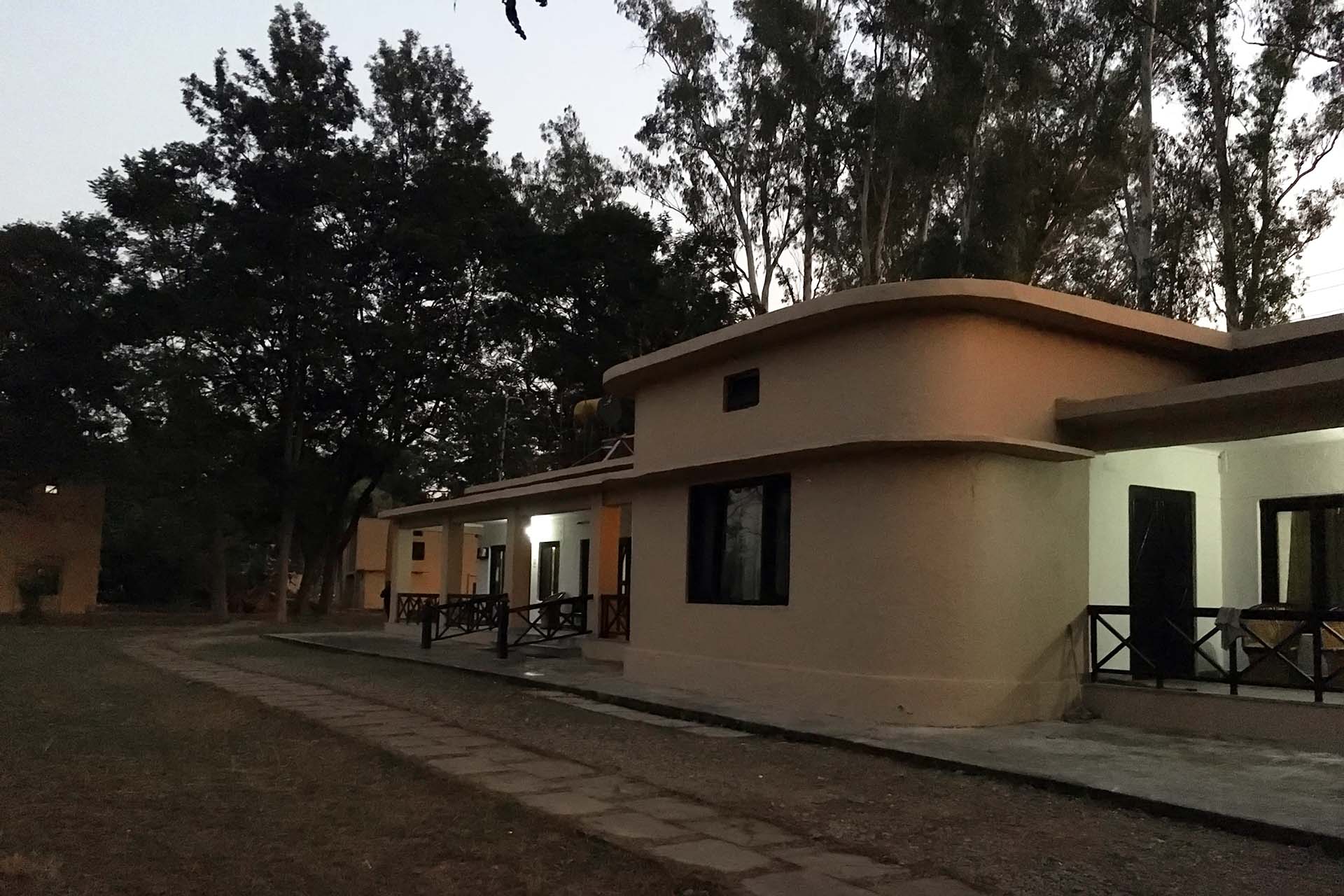
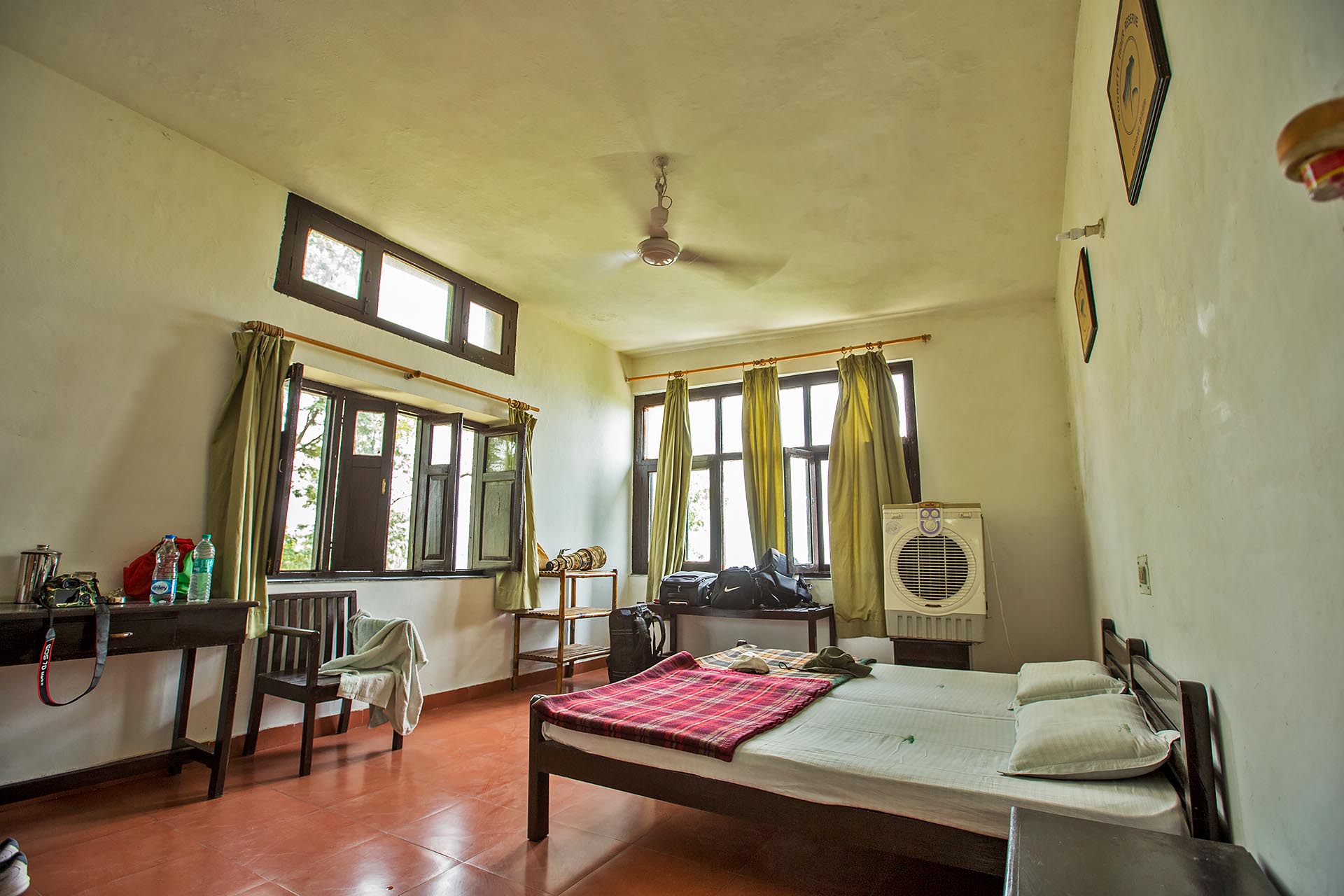
Anybody over the age of 18 (unless accompanied by an adult) and interested in nature and wildlife will enjoy this Tour thoroughly. There are no other eligibility criteria.
Our Photo Tours are designed to provide you sufficient space for comfortable photography, so you can expect a maximum of three other people (including the participants and the Skipper) apart from the driver and the mandatory forest department guide.
For tigers and other mammals, a telephoto zoom lens in the range of 70 to 200mm/300mm or 100 to 400mm works very well. If opting for a fixed (‘prime’) lens, the 300mm focal length on a cropped sensor body with a 1.4x extender (‘teleconverter’) is the best compromise, although lenses of longer focal length can be used to good effect as well, especially on ‘full-frame’ bodies. For birds, a lens with a focal length of at least 400mm is essential. A wide-angle or normal zoom to capture landscapes or creative perspectives of wildlife is recommended. And since the light conditions in Indian jungles can often be challenging, an image-stabilized lens and a camera body that performs well at high sensitivities are perfect.



